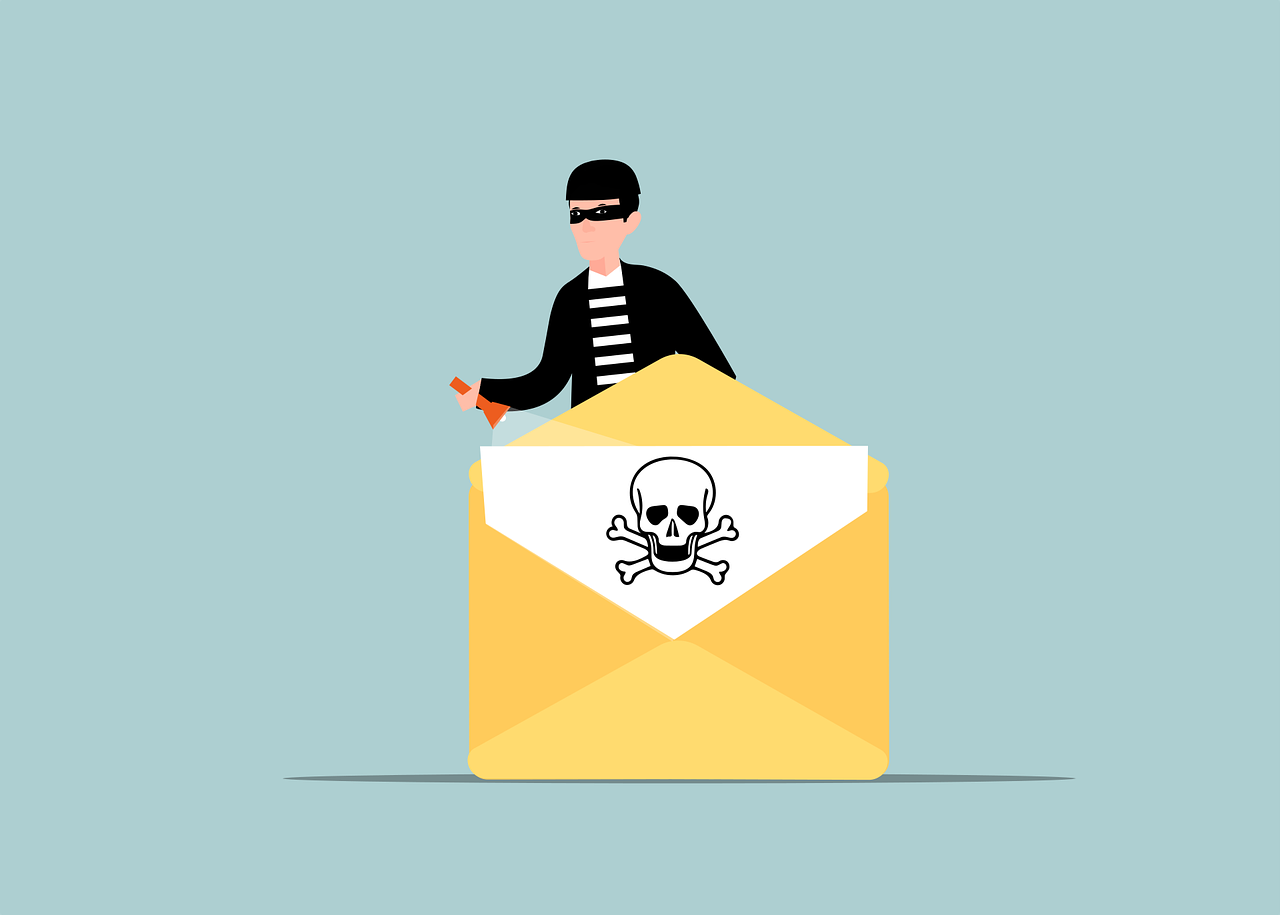Have you noticed the buzz around email authentication lately? There’s a good reason for it. Phishing is still a big threat, causing data breaches and security headaches left and right. It’s been a top issue for years.
The email game is changing to tackle phishing head-on. Email authentication is becoming a must for email service providers. It’s a big deal for your online presence and how you communicate.
Google and Yahoo, two of the email giants, have rolled out a new DMARC policy as of February 2024. This policy makes email authentication a must, especially for businesses using Gmail and Yahoo Mail.
But what’s DMARC, and why the sudden importance? Don’t sweat it, we’ll break it down for you. Let’s dig into the world of email authentication and why it’s crucial for your business now more than ever.
The Email Impersonation Issue
Picture this: you get an email that looks like it’s from your bank. It’s urgent, so you click the link, enter your info, and bam – your data’s compromised.
That’s what we call email impersonation, aka spoofing. Scammers disguise their email addresses to look legit. They might pose as real people or businesses. They even spoof a company’s email to trick customers and partners.
These sneaky moves can wreak havoc on businesses, causing:
- Money woes
- Reputation hits
- Data leaks
- Lost deals
Sadly, email impersonation is on the rise, making email authentication a must-have defence.
What’s Email Authentication All About?
Email authentication is like a stamp of approval for your emails, ensuring they’re legit. It checks the sending server and flags any unauthorized use of your company’s domain.
Here’s the breakdown of the three main protocols:
- SPF (Sender Policy Framework): It lists the IP addresses allowed to send emails for a domain.
- DKIM (DomainKeys Identified Mail): This lets domain owners digitally “sign” emails, proving they’re real.
- DMARC (Domain-based Message Authentication, Reporting, and Conformance): It tells receiving email servers what to do with SPF and DKIM results. Plus, it alerts you if your domain is being spoofed.
SPF and DKIM act as shields, while DMARC gives crucial security info. It stops scammers from using your domain to pull off their schemes.
Here’s the drill:
- You set up a DMARC record in your domain server settings. This tells email receivers (think Google and Yahoo) which IP addresses can send emails for you.
- What’s next? Your email hits the receiver’s server, which checks if it’s from an approved sender.
- Depending on your DMARC policy, the receiver can act. They might deliver, reject, or quarantine the email.
- Then, you get a report from DMARC. It tells you if your business emails are landing safely or if scammers are trying to hijack your domain.
Why Google & Yahoo’s New DMARC Policy Matters
Google and Yahoo have been tackling spam, but their DMARC policies weren’t strict. Now, they’ve upped their game on email security.
- Since February 2024, the new rule kicked in. Businesses sending 5,000+ daily emails must have DMARC set up.
- Even if you send fewer emails, there are SPF and DKIM authentication policies to follow.
Expect more email authentication requirements in the future. Keep an eye on them to ensure your business emails get through smoothly.
The Benefits of Implementing DMARC:
Getting DMARC up and running isn’t just about rules. It brings big wins for your business:
- Shields your brand rep: DMARC stops email spoofing scams, protecting your brand and customer trust.
- Boosts email delivery: Proper authentication means your legit emails hit inboxes, not spam folders.
- Offers key insights: DMARC reports give you the lowdown on how your emails are handled. They help spot any issues and beef up your email security.
Taking Action: How to Put DMARC in Place
With email spoofing on the rise, setting up DMARC is a must. Here’s how to dive in:
- Know your DMARC options
- Chat with your IT squad or security provider
- Keep tabs on things and tweak as needed
Need Help with Email Authentication & DMARC Monitoring?
DMARC is just one piece of the email security puzzle. Email authentication is crucial in today’s digital world. If you need a hand getting these protocols sorted, we’ve got your back.
Hit us up today to set up a chat.
Article used with permission from The Technology Press.


Comments are closed